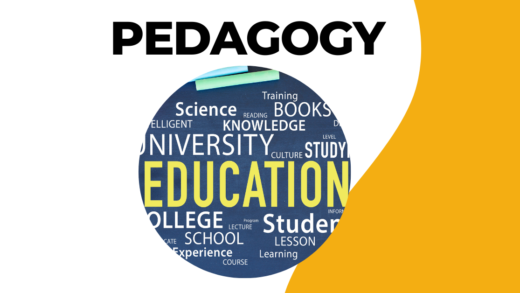Observing several educators teaching for over a decade made me realize which teaching methods and strategies work better for a particular group of students. I have seen various situations where scaffolding (Vygotsky’s social constructivism) was needed. The kind of support educators gives students should be in unity with their needs. Too much scaffolding, on the other hand, is detrimental to students’ learning process since they might not be given autonomy to facilitate their learning.
As constructivist theory suggests, learning is an active rather than passive approach. Teachers are not the sole source of information. They merely facilitate and guide learning. The constructivist epistemology aims for personal meaning and understanding.
” height=”334″ src=”https://img1.blogblog.com/img/video_object.png” width=”468″ style=”cursor: move; background-color: rgb(178, 178, 178); background-image: url(“https://i.ytimg.com/vi/6Y2sU18vWb4/0.jpg”);”>
At the IB school I am currently working, educators value social interaction. Through interacting with others, students develop their social skills, an essential skill they need to possess to be global citizens. We also emphasize enhancing the English language skills of our students. Vygotsky emphasized that social learning precedes development. I also believe in this notion. The more we socialize with other people, the more we learn and perceive the experience as a valuable aspect of the learning process.
As an MKO (More Knowledgeable Others), I primarily utilize scaffolding in class. I believe that students need to be supported in areas in which they are not confident. The activities I prepare for each lesson are conducive to improving their English skills. After learning more about Constructivism, I am determined to incorporate this theory into my classroom and instructional design.


Recent comments